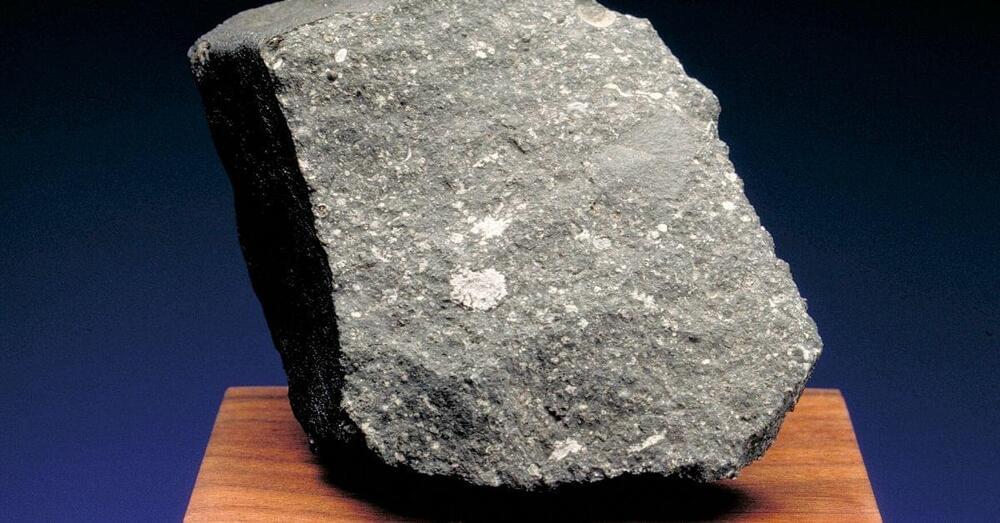face_with_colon_three circa 2014.
What is graphene? Why has it taken researchers so long to discover it? Is it truly the material of the future?


This is the first time scientists have observed vessels form with such a close resemblance to the complicated structure of naturally occurring blood vessels.
An international research collaboration headed by the University of Sydney has created technology that allows for the production of materials that mirror the structure of living blood vessels, with major implications for the future of surgery.
Preclinical research showed that once the manufactured blood vessel was transplanted into mice, the body accepted it and new cells and tissue began to develop in the appropriate locations, thereby converting it into a “living blood vessel.”
Has Madam Pomfrey’s Skele-Gro finally made its way to the muggle world?


Researchers at Purdue University have discovered new waves with picometer-scale spatial variations of electromagnetic fields that can propagate in semiconductors like silicon. The research team, led by Dr. Zubin Jacob, Elmore Associate Professor of Electrical and Computer Engineering and Department of Physics and Astronomy, published their findings in Physical Review Applied in a paper titled “Picophotonics: Anomalous Atomistic Waves in Silicon.”
“The word microscopic has its origins in the length scale of a micron, which is a million times smaller than a meter. Our work is for light matter interaction within the picoscopic regime which is far smaller, where the discrete arrangement of atomic lattices changes light’s properties in surprising ways,” says Jacob.
These intriguing findings demonstrate that natural media host a variety of rich light-matter interaction phenomena at the atomistic level. The use of picophotonic waves in semiconducting materials may lead researchers to design new, functional optical devices, allowing for applications in quantum technologies.



face_with_colon_three circa 2020.
Scientists in Australia have developed a new type of electronic material that is touch-responsive and just a fraction of the thickness of current smartphone screens. This could see it one day find use in next-generation mobile devices, and because of its incredible thinness and flexibility, could be manufactured at large scale using roll-to-roll (R2R) processing like a printed newspaper.
The breakthrough comes from researchers at RMIT University, who began with a material commonly used in today’s mobile touchscreens called indium-tin oxide. This transparent material is highly conductive but does have its shortcomings, chiefly that it is very brittle, so the team sought to give it better pliability by greatly reducing its thickness.
“We’ve taken an old material and transformed it from the inside to create a new version that’s supremely thin and flexible,” says lead researcher Dr Torben Daeneke. “You can bend it, you can twist it, and you could make it far more cheaply and efficiently than the slow and expensive way that we currently manufacture touchscreens.”


Circa 2015 face_with_colon_three
MIT physicists have created a superfluid gas, the so-called Bose-Einstein condensate, for the first time in an extremely high magnetic field. The magnetic field is a synthetic magnetic field, generated using laser beams, and is 100 times stronger than that of the world’s strongest magnets. Within this magnetic field, the researchers could keep a gas superfluid for a tenth of a second—just long enough for the team to observe it. The researchers report their results this week in the journal Nature Physics.
A superfluid is a phase of matter that only certain liquids or gases can assume, if they are cooled to extremely low temperatures. At temperatures approaching absolute zero, atoms cease their individual, energetic trajectories, and start to move collectively as one wave.
Superfluids are thought to flow endlessly, without losing energy, similar to electrons in a superconductor. Observing the behavior of superfluids therefore may help scientists improve the quality of superconducting magnets and sensors, and develop energy-efficient methods for transporting electricity.